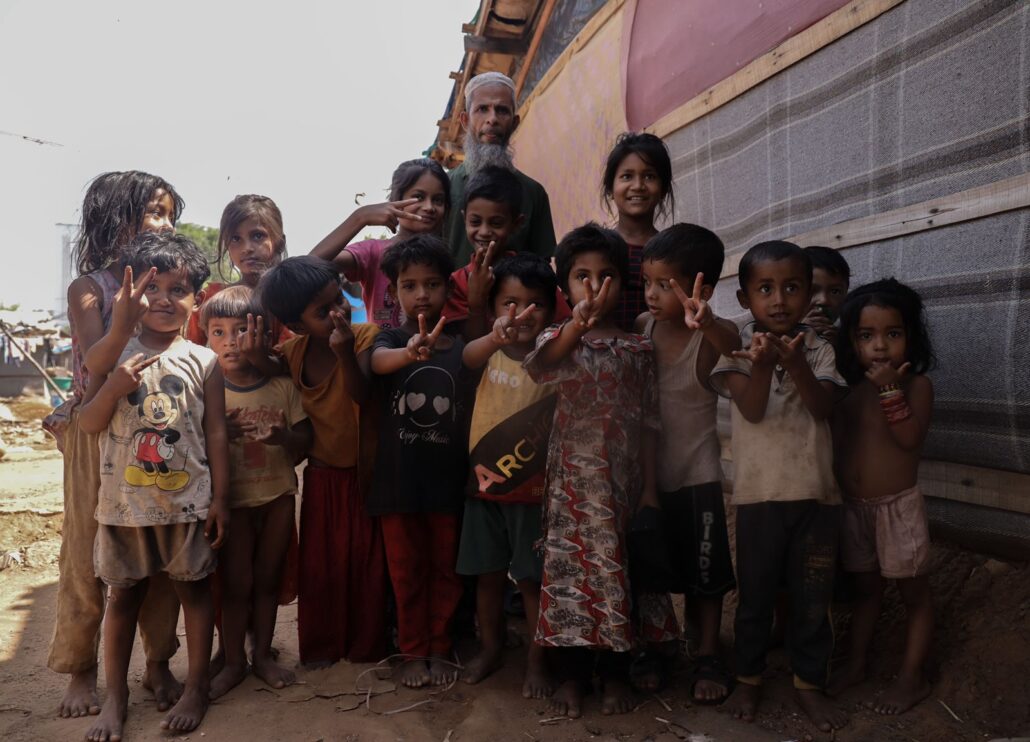
Lodged at a “holding centre” here for the past over two years, over 200 Rohingyas from Myanmar on Tuesday held a protest and clashed with guards inside Hiranagar sub-jail demanding their release, official sources said.
However, a senior police officer dismissed the protest as “normal”, saying they are holding protests for the past one month for their release from the centre.
A total of 271 Rohingyas, including 74 women and 70 children, are lodged at the sub-jail that was notified as a “holding centre” on March 5, 2021, for lodging illegal immigrants.
The official said the protest inside the holding centre broke out when a woman fell sick in the morning.
“Senior police and jail officials rushed to the scene and the situation is under control,” he added.
The sources said police used mild force to disperse the protesters who reached near the main gate of the facility.
Rohingyas went on an indefinite hunger strike against their lodgment at the centre in May but called off their protest after they were persuaded by senior police and jail officials that the matter has been taken up with the Centre, and whenever the orders are received, they will be released or deported to their country of origin.
Most of the detained foreigners were found living illegally in Jammu during a special verification drive.
The Rohingyas are a Bengali-dialect speaking Muslim minority in Myanmar. Following persecution in their country, many of them entered India illegally through Bangladesh and took shelter in Jammu and other parts of the country.
Many political parties and social organisations in Jammu have been urging the Centre for the deportation of Rohingyas and Bangladeshi nationals, alleging that their presence is a “conspiracy to alter the demographic character” in the region and a “threat to peace”.
More than 13,700 foreigners, including Rohingya Muslims and Bangladeshi nationals, are settled in Jammu and Samba districts of Jammu and Kashmir, where their population has increased by over 6,000 between 2008 and 2016, according to government data. ( With PTI inputs )
Author Profile
Latest entries
- Representational ImageREGIONALFebruary 26, 2025Militants open fire on army vehicle in Rajouri